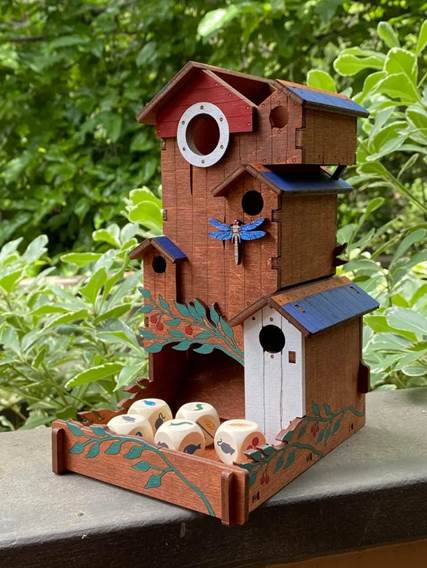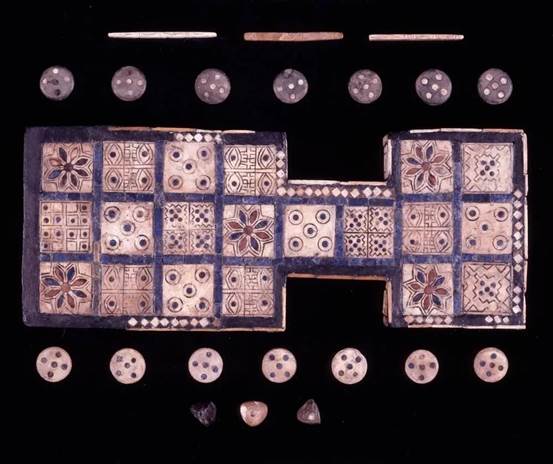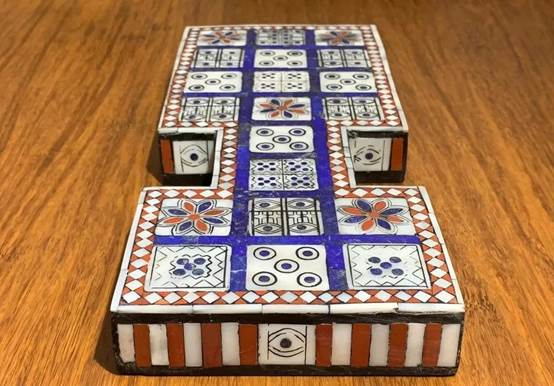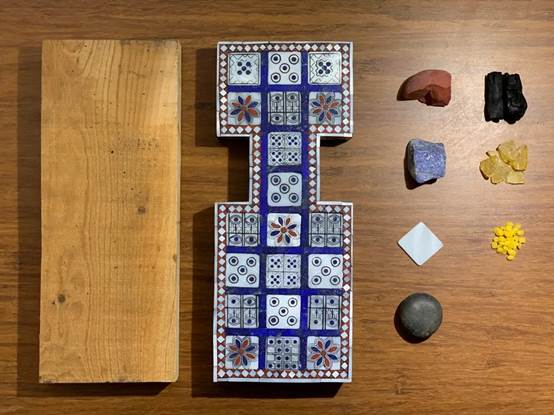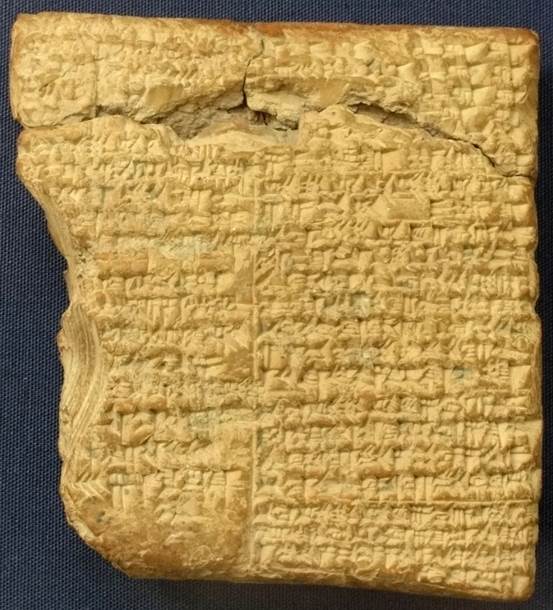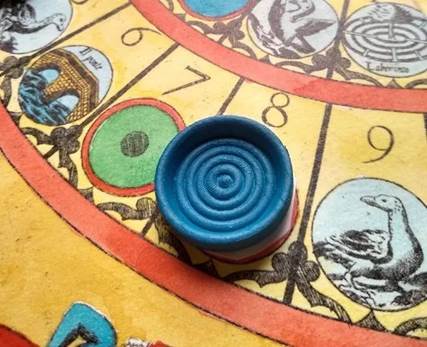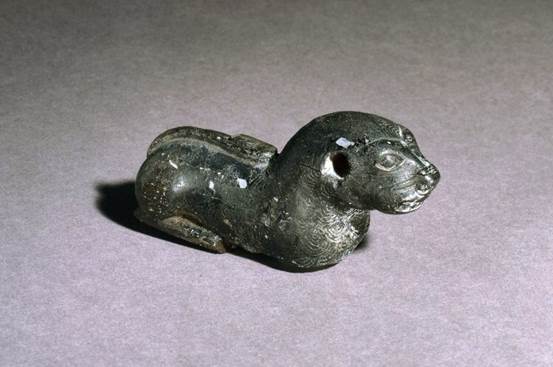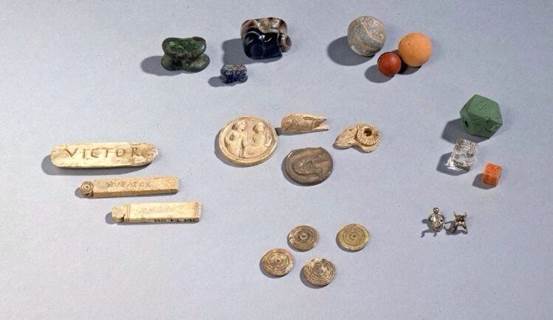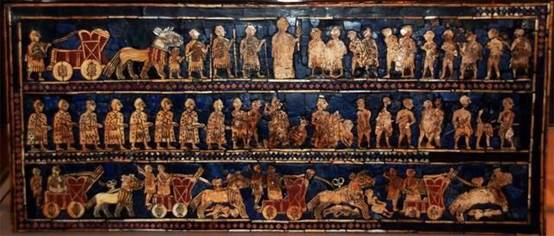Let’s go back to April 2020. At that time, the epidemic had just begun abroad, and people were trapped at home with nothing to do. And the table players are restless. As we all know, table gamers are big shots who make their own game maps, storage boxes and even dedicated game tables.
And then there are some board game geeks, who seem to prefer the old legacy — the old games.
Historical heritage is rich and bright, and one of the first complete unearthed board game – The Royal Game of Ur is included in the British museum in UK. But The origin of this cultural relic is not very glorious: it was looted by British archaeologists from the royal cemetery in Iraq.
Unlike ancient art forms such as painting and poetry, board games directly show the number of players, the form of the game, the player’s position in the game, etc., giving the audience space to imagine. One such netizen, Vila, spent nearly a year and more than 30,000 yuan (RMB) on his own to make a game called The Royal Game of Ur.
Why do it by yourself?
“When the epidemic started, I was at home trying to learn a language-Israeli. When YouTube sent me a video-Irving Leonard Finkel, a researcher at the British Museum, invited Thomas Scott, a game show host, to play an old board game: The Royal Game of Ur. I read the rules and Owen‘s paper on the game, and it was easy to learn, and it had a lot of history behind it, and it was worth studying.”
But, when he wants to buy a game to play on Amazon and Etsy, what he found make him disappointed. The quality is just so-so, and it’s not very good-looking. At that time, Viera naively thought that this game should be finished in a month, but to his surprise, it is not only difficult to make, but also takes longer time…
The production process
In order to make the game perfectly, Vira decided to teach himself carpentry and sculpture. He joined various carpentry and relief art groups, and then began to practice a lot. From stone carving to molding to inlaying… Markers such as dices and chess pieces must be carved, ground, polished, and shaped.
If you want to restore the most authentic appearance of the board, the stones cannot be pasted with glue, but with asphalt. The back of the game box should also be pasted with special shells. He also struggled to order raw materials online.
Vira began this ambitious project. Bleeding was commonplace in order to grind and polish the stones. In addition to polishing stones, he spent a lot of money on history books and learned about checkerboard rosettes, eye shapes, dots, etc.
When Viera putting a remake of The Royal Game of Ur on the Internet, the media got a lot of coverage. People agree that this is a perfect remake. He is now emailing Owen at the British Museum in the hope of getting an insight into the history behind the game. “I want to get to the bottom of it. It’s an incredible legacy.”
The Royal Game of Ur was discovered in 2600-2400 BC. It’s a two-man game. Each side has 7 pieces. The starting player rolls the dice and moves to the starting point. The board has three rows, left and right are the two sides of the player’s course of action, the middle is the player’s “battlefield”, if a piece just reached the position of the other side of the piece, the piece can be eaten.
There are five lucky places on the four corners and in the middle of the board, where a second dice roll is awarded, allowing the player to put a new piece into play or advance an old piece. The C position of the board, the rose position, has “protection” and the chance to make one more move. Similarly, multiple pieces can be placed on the board to make it easier for players to plan their tactics.
Everyone is curious about his expenditure. Why spend more than 30,000RMB to make such a game? The elder brother replied that money was not the main issue. “If you put it on a monthly basis, it took me ten months to make this game, which is 3,000RMB a month. If not because of the epidemic, this would have been my monthly entertainment spending. So it’s not an issue on the expense.”
“Although there are still a lot of improvements to be done… But the restoration has taken up too much of my life. Now, it’s time to stop trying to be perfect. After all, imperfection is perfection.”
CONCIDENCE
Coincidentally, one netizen named Warwick repainted a Goose Tournament included in the British Museum. He printed it on thick watercolor paper according to the Goose Tournament exhibited in the British Museum, hand-painted and backed with linen, so that the chessboard can be folded. Color the chess pieces and make a bone dice by hand.
His inspiration came from a discussion: designer Pell Nielsen has made some ancient board games since 2014. In order to find fellow players, he started a discussion on BGG and hoped to share his resources with other players. Different from the appearance of restoration, Pell‘s version paid more attention to gameplay and function.
Pell said: “The reason I like printing (or restoring) these games is that it helps to protect these games. Some games are left alone and kept in a museum that you can hardly find. But Unfortunately, my budget is very limited. Some books that I know about games are too expensive for me.”
Coincidentally, in China, some people are doing the restoration of ancient board game artifacts. In 2019, the design team Hezhong Shandian spent four years restoring Six Boqi, collected more than 20 documents, and finally restored 70% of the original rules.
Let us take a look at the British Museum. In fact, British Museum includes many dice and board game markers unearthed in the last century or even BC.
There are ivory chess pieces from 3050 BC:
Different Roman dices:
The history of table games is long and beautiful. In the ancient West, board games are intertwined with gods long ago. Since then, games are no longer just a simple pastime, but also have religious significance.
The flag of King Ur, hidden in the British Museum in London, was unearthed from the royal tomb of Ur. The image of the chariot on the military flag proves that people had invented the “wheel” at that time。 This mosaic artwork inlaid with shells, lapis lazuli and limestone on wooden boards, the front and the back respectively depict spectacular scenes of war and peace, and is recognized as one of the most representative cultural relics of the Lianghe civilization.
In The Royal Game of Ur, looking into the eyes on the chessboard, we may never know the meaning behind it, but we must be clear that the history of the game is the history of mankind, and these tables Travel enthusiasts are paying tribute to the old in a primitive way.
Post time: Apr-21-2021


